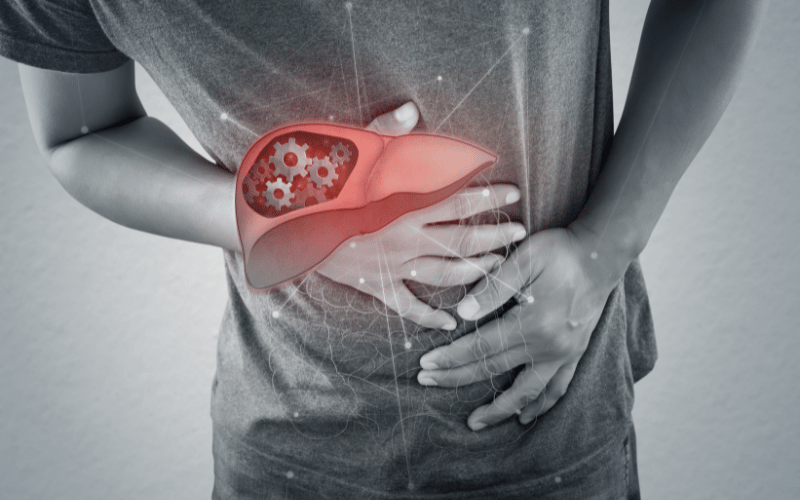2. Upper Right Quadrant Pain: Navigating the Discomfort of Congestive Hepatopathy

Pain in the upper right quadrant of the abdomen is a hallmark of congestive hepatopathy, often indicative of significant liver distress. Unlike common digestive discomforts, this pain has a persistent quality, often described as a deep-seated ache or a sense of pressure that may escalate into sharper, more intense sensations.
The pain stems from the liver’s capsule stretching due to the congested blood. The liver itself lacks pain receptors, but its capsule is sensitive to such expansion, and when stretched, it can cause considerable discomfort. This sensation may be exacerbated by physical activity that jostles the liver or even by deep breaths that press the diaphragm against the liver.
Patients report that this discomfort can be disruptive, influencing posture and breathing. It can lead to an avoidance of certain activities or even constant shifting in search of a position that eases the pain. It’s a restrictive kind of pain, one that can affect daily living and diminish quality of life.
Beyond the pain itself, this symptom can serve as a barometer for the progression of congestive hepatopathy. An increase in intensity might reflect worsening congestion or the development of complications such as hepatomegaly or hepatic ischemia. It’s a pain that demands attention, as it mirrors the liver’s cry for relief from the circulatory impasse.
Management of this symptom often requires a multifaceted approach. While pain relief is paramount, addressing the underlying heart condition that leads to venous congestion is critical for long-term management. The pain’s persistence can serve as a motivator for patients to adhere to treatment plans, as alleviating the pressure on the liver can lead to a significant reduction in discomfort. (2)